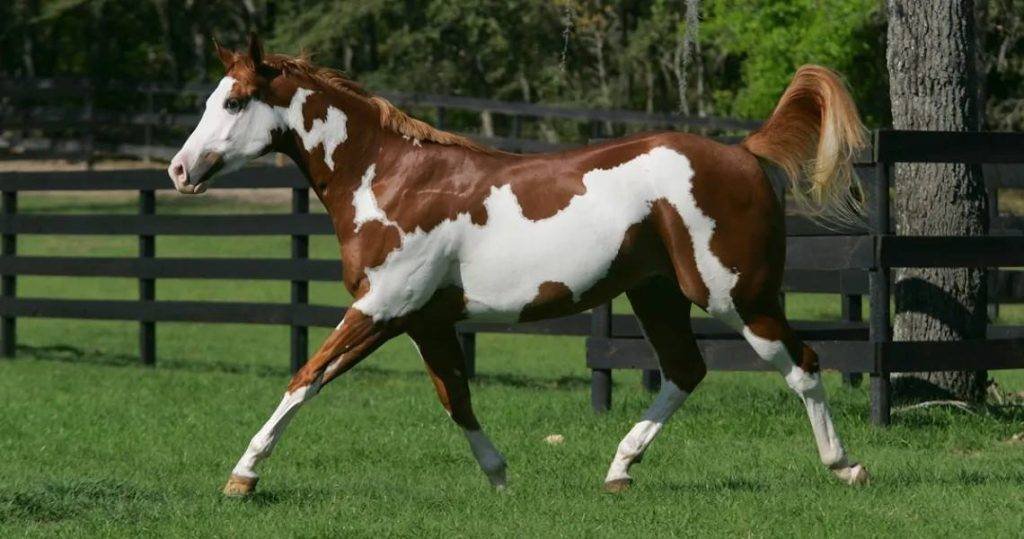Horses are intelligent, sensitive animals that thrive on variety, engagement, and mental stimulation.
If you’ve been following the same riding routine for a while, your horse may start to show signs of boredom. Just like humans, horses can get tired of repetitive activities, and when they are mentally or physically unstimulated, they might begin to exhibit unwanted behaviors or lose motivation. Understanding the signs of boredom in your horse and taking steps to keep their riding routine fresh and exciting is essential for both their happiness and performance.
Here’s how to tell if your horse is bored of your riding routine and what you can do to spice things up:
1. Lack of Interest or Energy
A bored horse may show a lack of enthusiasm or energy during rides. If your horse seems sluggish, unmotivated, or disinterested, they may be tired of the same old routine.
- Signs: The horse may not respond to cues as readily, move slower than usual, or seem distracted or disinterested. This could be a sign that they need more variety in their activities.
- Solution: Introduce new challenges or activities, like riding in different locations, doing new exercises, or taking breaks during your ride for play or stretching.
2. Resistance to Work
Horses that are bored might resist certain exercises or commands. You may notice that your horse begins to resist leg aids, refuse jumps, or ignore basic commands.
- Signs: Pulling against the reins, refusing to move forward, or showing resistance to simple transitions.
- Solution: Try mixing up your exercises with new challenges, such as introducing groundwork, desensitization exercises, or different patterns in your riding routine.
3. Lack of Focus
When a horse gets bored, they may become distracted easily. This could include looking around more than usual, not paying attention to cues, or becoming more focused on their environment than the work at hand.
- Signs: Head tossing, looking around at surroundings, or acting distracted.
- Solution: Try changing the environment by riding in a different area or on a different path. Offer new visual or mental stimulation to keep your horse’s focus engaged.
4. Mouth Open or Gaping
A horse that is consistently opening its mouth, chewing on the bit, or gaping might be showing signs of boredom, frustration, or discomfort.
- Signs: Opening the mouth, chewing on the bit, or trying to pull the bit out of its mouth.
- Solution: Check your tack for comfort, and consider switching to a different bit or tack if necessary. Also, consider providing more variety in your exercises to keep them mentally stimulated.
5. Pacing or Excessive Movement
If your horse is becoming more fidgety or pacing, it could be an indication that they aren’t being mentally engaged. Horses are creatures of habit, and a lack of challenge can make them restless.
- Signs: Pacing, circling, or constantly moving when asked to stand still.
- Solution: Incorporate new activities into your routine, such as lateral movements, poles, or low-level jumps. Challenge your horse with new things to think about and stay focused on.
6. Frequent Spooking or Being More Easily Distracted
A horse that is not mentally stimulated may become more sensitive to their environment, leading to an increase in spooking or shying away from things.
- Signs: Sudden movements, fear responses to objects or noises, or an increase in spooking.
- Solution: Gradually introduce new sights and sounds in a safe and controlled manner to get your horse accustomed to different experiences. You can also include desensitization training to help your horse remain calm in new situations.
7. Monotony in the Riding Routine
If your routine involves the same exercises, routes, or types of work every time, your horse may feel that there is no novelty or excitement. Just like people, horses need variety to keep them mentally and physically challenged.
- Signs: Your horse might show disinterest in familiar tasks, like going around the same track or practicing the same gaits.
- Solution: Change up your routine! Ride in different locations, incorporate different training methods, or explore new disciplines (like dressage, jumping, or trail riding).
How to Spice Up Your Riding Routine:
- Vary the Terrain and Environment: Take your horse out on different trails, around new obstacles, or in different arenas to add new challenges and keep things interesting.
- Incorporate Groundwork: Groundwork and liberty work can provide variety and mental stimulation, helping your horse develop a deeper connection with you while offering a break from riding.
- Try New Exercises: Change your usual drills by introducing new movements like serpentines, leg yields, or canter transitions. You can also work on balance and flexibility exercises to keep your horse engaged.
- Use Obstacles or Poles: Adding poles, small jumps, or ground obstacles can make your rides more exciting and engaging for your horse.
- Introduce Different Types of Work: If you primarily do flatwork, consider incorporating jumping or pole work to give your horse something new to focus on.
- Take Breaks for Play: Allow your horse time to relax and enjoy their environment. This could include grazing, walking around, or simply spending time with you.
- Set New Goals: Keeping your training sessions fresh and exciting can include setting new goals for you and your horse. Whether it’s mastering a new skill, achieving a certain level of performance, or learning new tricks, goals can motivate both you and your horse.




